Breakthrough Photography

Breakthrough Photography has recently launched a magnetic circular lens filter system that lets filters to be attached and removed instantly without light leaks. Do you need them and why should you buy these magnetic filters for your nature photography? What types of magnetic filters are available on the market and what photographer require them?
Breakthrough Magnetic Filters Review
Breakthrough Photography Company has completely revised and changed the attitude towards the lens filters, creating the magnetic circular filter system for lenses, which allows you to attach and remove filters instantly with zero screwing and light leaks.

Breakthrough Photography magnetic system consists of two parts, namely:
- Magnetic adapter
- Magnetic lens filter
The adapter remains screwed in the front part of the lens allowing you to fix new Breakthrough magnetic filters securely just putting them to the adapter. First of all, let’s examine the types of filters the Breakthrough Photography offers.
Top 5 Breakthrough Photography Filters
| Image | Filter | Features | |
|---|---|---|---|
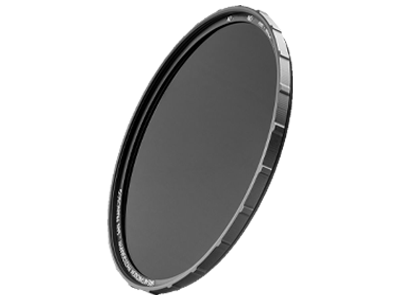 |
Breakthrough Photography ND filter
|
Check PRICE → | |
 |
Breakthrough Photography CPL Filter
|
Check PRICE → | |
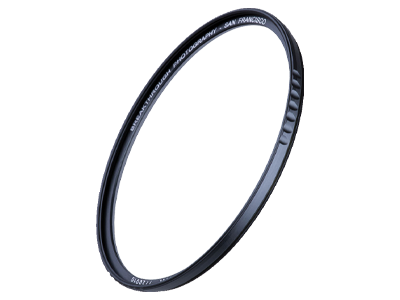 |
A Lens Protective Filter or a UV Filter
|
Check PRICE → | |
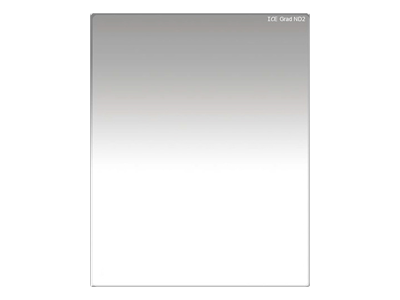 |
GND Filters
|
Check PRICE → | |
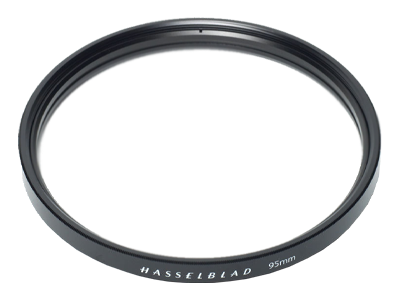 |
Night Sky Filter
|
Check PRICE → |
Breakthrough Photography ND filter or neutral gray filter is an optical device that serves to suppress, emit or transform a part of the light. However, you should remember that ND-filter does not give photos any shade since natural color rendering is important for a photographer. Neutral-gray filters reduce the amount of light entering the lens without changing its color and nature. Breakthrough Photography Company divides ND-filters into two types: X2 ND and X4 ND. Let's analyze each of them.
Breakthrough Photography CPL (circular polarization) filter is one of the most important filters in the arsenal of a landscape photographer. It allows you to cut off the excess polarized light, increasing the color saturation of the photo and suppressing unwanted reflections.
The most obvious examples of such reflected light are glares and reflections on the water and glass surface. Such a model, allows you to filter direct sunlight reflections at certain angles. The filtration angle is controlled by the rotation of the front element, while the effect strength is influenced by the camera position in relation to the sun.
Thus, the polarization filter suppresses glare and reflections, allowing you to naturally increase the saturation of the colors in the picture. This effect is most pronounced in the sky – it becomes more saturated, and clouds are much more visible.

A lens protective filter or a UV filter is designed mainly to protect the front part from possible damage and to prevent the ingestion of dirt, dust or water. All you need to do is to keep the filter mounted on the lens whenever you pick up the camera. This is especially important when shooting in wet, dirty or dusty conditions.
GND Filters. This type of Breakthrough Photography magnetic filters is mainly used for landscape photography, as it balances the exposure between a bright sky and a darker foreground. You can use it for vividly expressed sunrise and sunset images.
There is dark glass at the top and transparent at the bottom, which reminds sunglasses. Actually, the technology is similar. Placing a dark part of the glass above the sky, which is much brighter than the landscape below, and adjusting a transition with the horizon, you can receive a balanced exposure.
There are two main types of transition between dark and transparent areas: sharp and smooth. Sharp gradations go from clear to dark parts very sharply, so it is suitable for objects with a clear, uncluttered horizon, such as a seascape.
Smooth gradations have a much more gradual change from clear to dark areas and are suitable for landscapes with trees, mountains or buildings above the horizon.
Night Sky filter. Each Night Sky filter provides an incredible definition of starlight and true color balance. With this filter, you get significantly increased contrast and better perceived clarity. It will make the night scenes more alive and brighten the starry sky.
1. X2 ND Filters
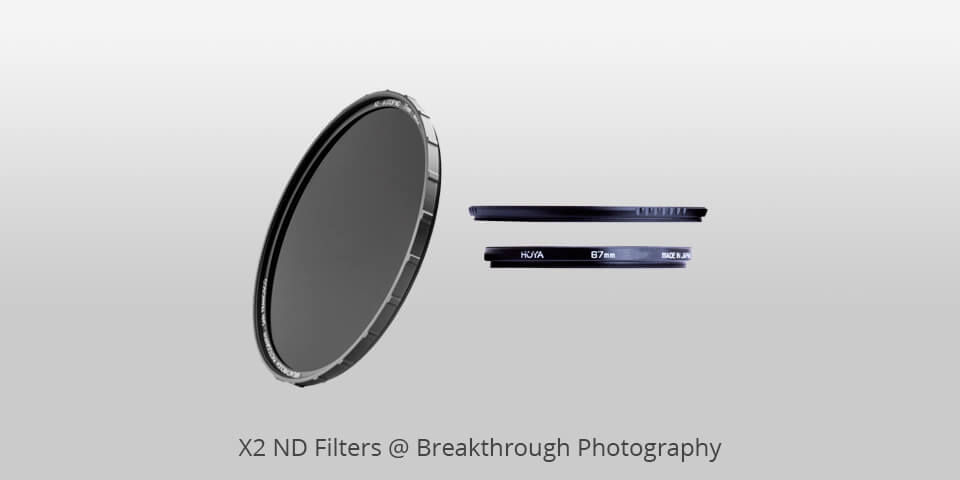
X2 ND is equipped with H-K9L critically sharp optical glass, and also includes modern and evenly applied MRC-8 technology to eliminate unwanted glare and ghosting, which is easily obtained with prolonged exposure. Thanks to the glass technology, there is a protective scratch-resistant layer, which protects the glass from frequent fieldwork elements.
You should remember that poorly coated ND filters usually show visible halos, low contrast and reduced sharpness that increase with longer exposure. This also leads to the effect of reduced optical characteristics of the lens to the optical characteristics of the uncoated filter.
Breakthrough Photography X2 filter is equipped with a 3.5mm ultrathin double-flow traction frame to eliminate vignetting in wide-angle full-frame cameras. Why do you need exactly 3.5 mm? The answer is simple. If you take the width of the frame for 4.3 mm, in which the vignetting point becomes noticeable with a wide angle setting of 16 mm on full-frame devices. Any caps smaller than 3.0 mm and the lens caps do not have enough area to capture. With 3.7 mm vignetting is completely eliminated. Therefore, they stated the average value for the most approximate elimination of vignetting.
The filter is suitable for those, who like to take pictures of nature because it is created with a layer of nano-coating, which in turn allows you to reflect the dirt, water, and other elements. In addition, the filter has a completely sealed frame to withstand the harshest environmental conditions, ensuring perfect photos.

2. X4 ND Filters
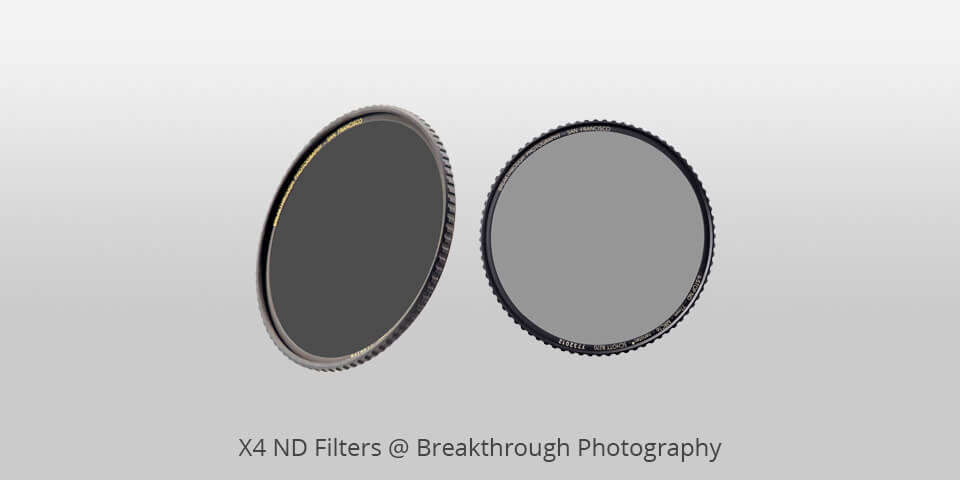
Sharpness. ND filter for an experienced landscape photographer. The X4 ND is equipped with the SCHOTT Superwhite B270 optical glass. It is produced by melting high purity raw materials and a continuous extraction process. The result is an excellent transmission in the ultraviolet, visible and infrared spectra, as well as high surface quality, which is excellent for modern MRC-ultra-protected enlightenment, which resists dust, moisture, and other pollution factors.
Multi-layer coating (MRC) is an optical coating applied to both surfaces of a glass disk to reduce reflection and increase surface durability. The MRC coating is structurally more complex than the glass itself. As a result, reduced reflections improve efficiency, which means that Breakthrough Photography magnetic filter loses less light. Reflections reduction also improves image contrast, eliminating ambient light. Thus, the photo gets the more accurate contrast and color.
Breakthrough Photography X4 DN filters were specifically designed for fieldwork, to withstand extreme winds, salt water, dust, and other conditions.

3. X4 CPL
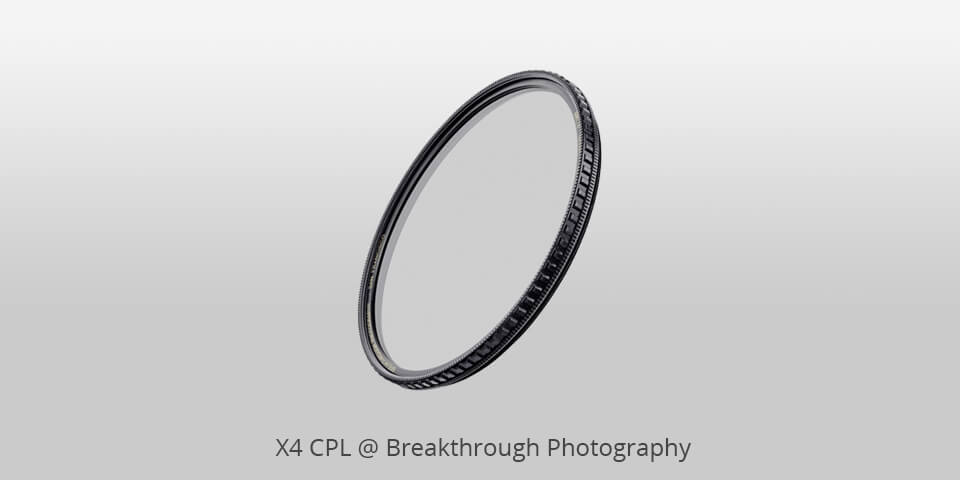
Street photographers often have problems with dynamic range, since the human eye has a dynamic range of more than 20 stops, while a street scene in the middle of the day can vary from 15 to 18 stops. Sometimes you can restore parts in the shadows if there is enough data, but you cannot remove the highlights while retouching shots. Besides, glare removal adds brightness, contrast and reveals details that are, otherwise, invisible.
A completely flat curve will give a neutral color, though, there is no such thing as a completely neutral CPL filter (unlike other filter manufacturers). Breakthrough Photography X4 CPL is the most color neutral compared to any CPL filter. When you rotate a circular polarizer, you will see that it is turned on and off through the viewfinder, allowing you to control the amount of polarization needed for your shooting. Nano X4 CPL coating incorporates state-of-the-art technology that resists water and other elements, rather than absorbing and smearing them. The design is elaborately done to withstand extreme winds, salt water, and dust.

4. X2 UV
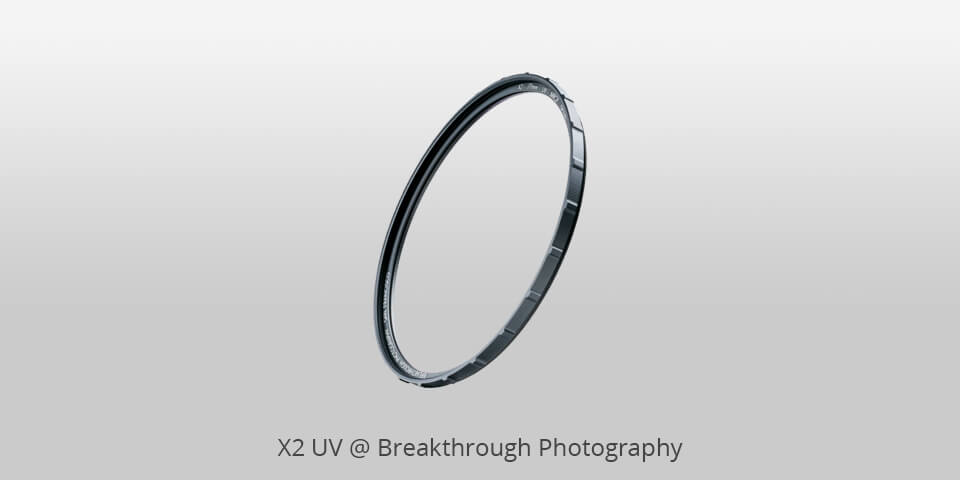
X2 UV is equipped with modern 8-layer coatings that help eliminate glare, ghosting, and low contrast. It has a sharp AGC glass, which in turn makes the filter stable and protected from weather conditions.
Let’s clarify: 4 layers of MRC are applied to each side of the optical disc, resulting in a total of 8 layers (MRC8). If we compare glass with low quality or uneven MRC coating, the filter is very susceptible to a variety of optical phenomena, such as burning, halos (lower contrast) and, as a rule, less saturation.

X2 UV is equipped with a 3.5mm ultrathin double-flow traction frame to eliminate vignetting in wide-angle full-frame cameras. Similar to other filters, this one is equipped with a nano-coating, which helps to repel dirt, water, and other elements.

5. X4 UV
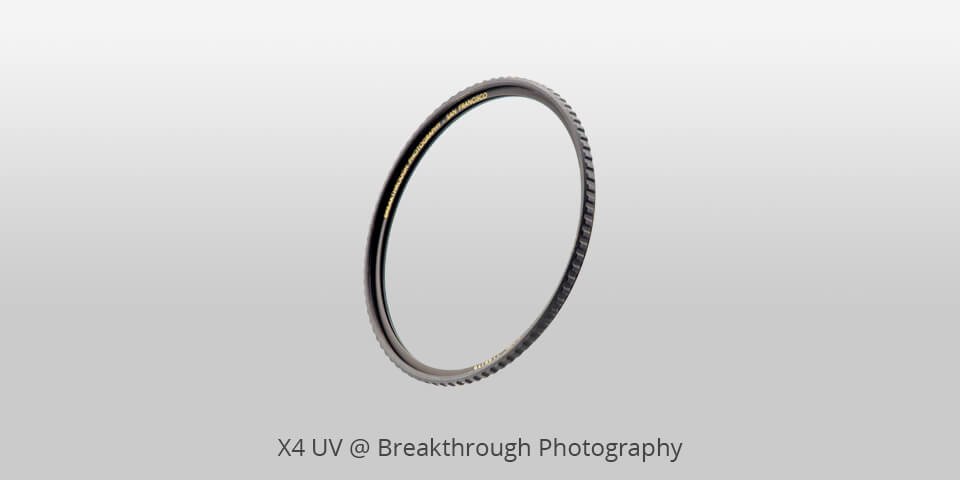
Breakthrough Photography X4 UV achieves a higher optical resolution than any other protective filter, and thanks to the modern and evenly applied MRC16 layers, it meets all the requirements of a professional outdoor photographer. The multi-layer coating has 16 layers (MRC16), which increases the light output to 99.4% and creates a protective layer that is more complex than glass.

X4 UV has a 3.1 mm ultrathin traction frame that eliminates vignetting and light reduction in full-frame wide-angle devices, working with all lenses. Keep in mind that every Breakthrough Photography X4 UV filter has a 25-year warranty. Like other filters, it is also equipped with nanotechnology that allows reflecting the elements of the photo.

6. 4X GND
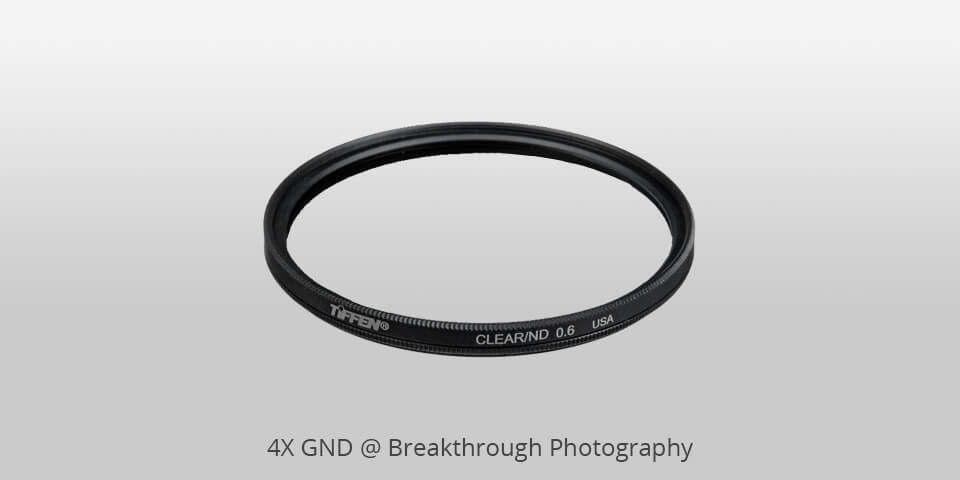
GND filter is one of the most sought-after filters among the photographer. 4X GND is a rectangular filter that increases the dynamic range of your camera. Shooting a sunset with a GND filter, you can convert a photo from blurred highlights into one shot with an incredible dynamic range. All is done in the camera without the necessity to retouch a picture in Photoshop.

Each X4 GND has a modern MRC16nano-coating technology, applied to both sides of the optical surface. This reduces surface reflection, and nano-coatings simplify the cleaning of the glass surface. Nanotech coating also allows X4 GND to slide smoothly into the holder.
Thanks to its structural durability, the optical surface does not deteriorate over time or is not exposed to aggressive elements such as salt water and sand, which are typical conditions for outdoor photography.

7. Sky Filters
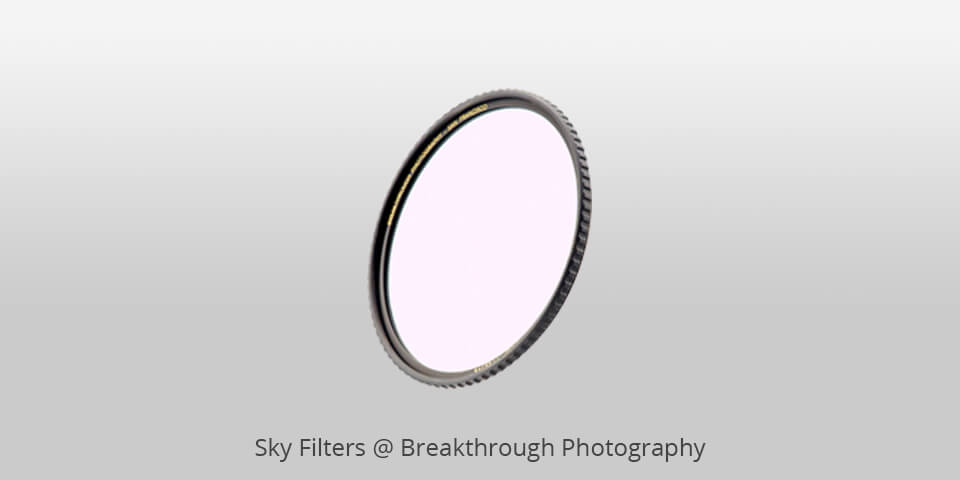
All you need to know about the filter is that it makes the background of the space more black, making each individual star more visible, significantly increasing the definition of starlight. Each Night Sky Breakthrough Photography filter has weather protection in a robust X4 frame and strong MRC16 and nanotech coating for easy and quick cleaning.

No Night Sky Filter is designed for outdoor photographers. The filter is equipped with a thin circular filter frame designed to eliminate vignetting in wide-angle full-frame cameras. There is also a durable sealed traction frame. Artificial light pollution ranges from 570 to 610 nanometers in the spectrum of visible light. Artificial light pollution can reduce the definition of starlight to 50%. The orange color of the shades reduces the contrast between the stars and space behind them, making the black background of the space looking slightly orange.
Advantages over Circular and Square Filters
Further, we will compare magnetic filters with traditional circular and square ones, since the new system has significant advantages.
1. A Budgetary Approach to Shooting
Breakthrough Photography magnetic filters work on 82mm thread or even smaller, so instead of buying a new filter for each lens, you just need a new adapter ring, which saves a lot of money.
2. Time-Saving
Using a circular filter, I think you have noticed how long it takes to screw the filter into the lens. This is especially noticeable in situations, where you need to switch from one filter to another, in a matter of seconds, to take a shot. This is another advantage of magnetic filters. You do not need to constantly screw the filter into the lens, it will be enough to bring it to the magnetic adapter.
3. Magnetic Filter will Last Longer
In most cases, the thread on the filters is plastic. As a result, it may crack and break, which means that you won’t be able to fix the filter. However, talking about Breakthrough filters magnetic, you do not need to screw them in. Thanks to their structure, you can simply bring them to the lens in order to fix steadily.
4. Reliable Working Mechanism
Despite the fact that circular filters fit the lens steadily, there is always a chance that dust or other small particles may get inside. It happens because every time you want to replace the filter with another one, you need to unscrew it and fix a new filter. Having used the magnetic filters, you screw in the adapter once and just need to fix filters to it. As a result, the chance of the lens clogging comes to naught.
5. Smooth Work
Compared to square filters, magnetic ones are attached much faster. You have to remember that to fix a square filter properly, you need to get right and precise angle, otherwise, there will be distortions. For Breakthrough Photography filters any angle is suitable.
What Filter to Choose?
Undoubtedly, each filter has positive features and is worth your attention. One is suitable for shooting the night sky, another smooths out the image irregularities, the third makes the landscape photo more saturated and adds contrast. First of all, decide what your most frequent photo style is and after that, examine each Breakthrough Photography filter described above more attentively. However, you shouldn’t concentrate on one filter only. Remember that in different situations, at different times, the same filter can work differently, despite the style of the photo. Therefore, to avoid such situations, you need to have at least a couple of filters in your arsenal.



